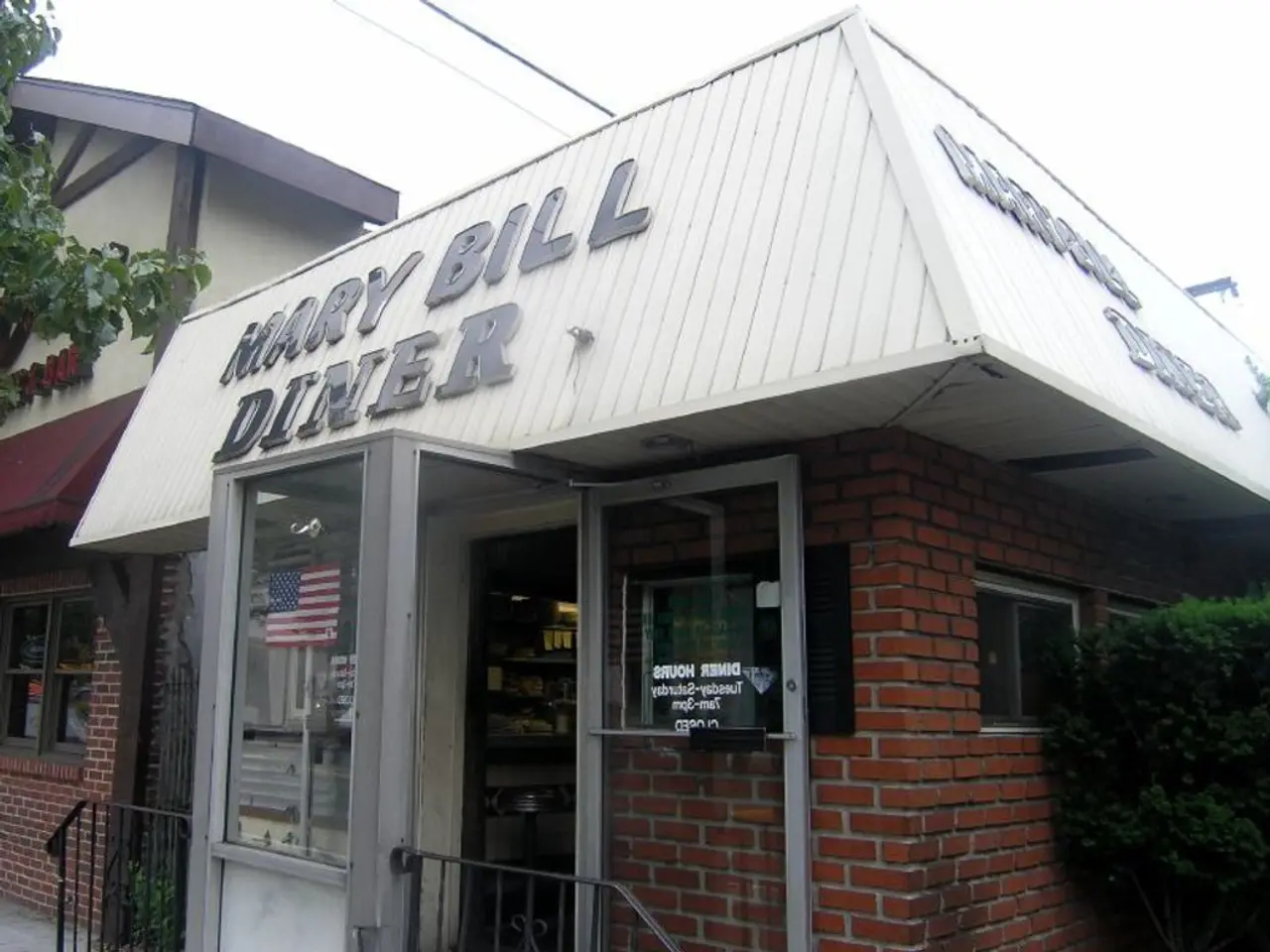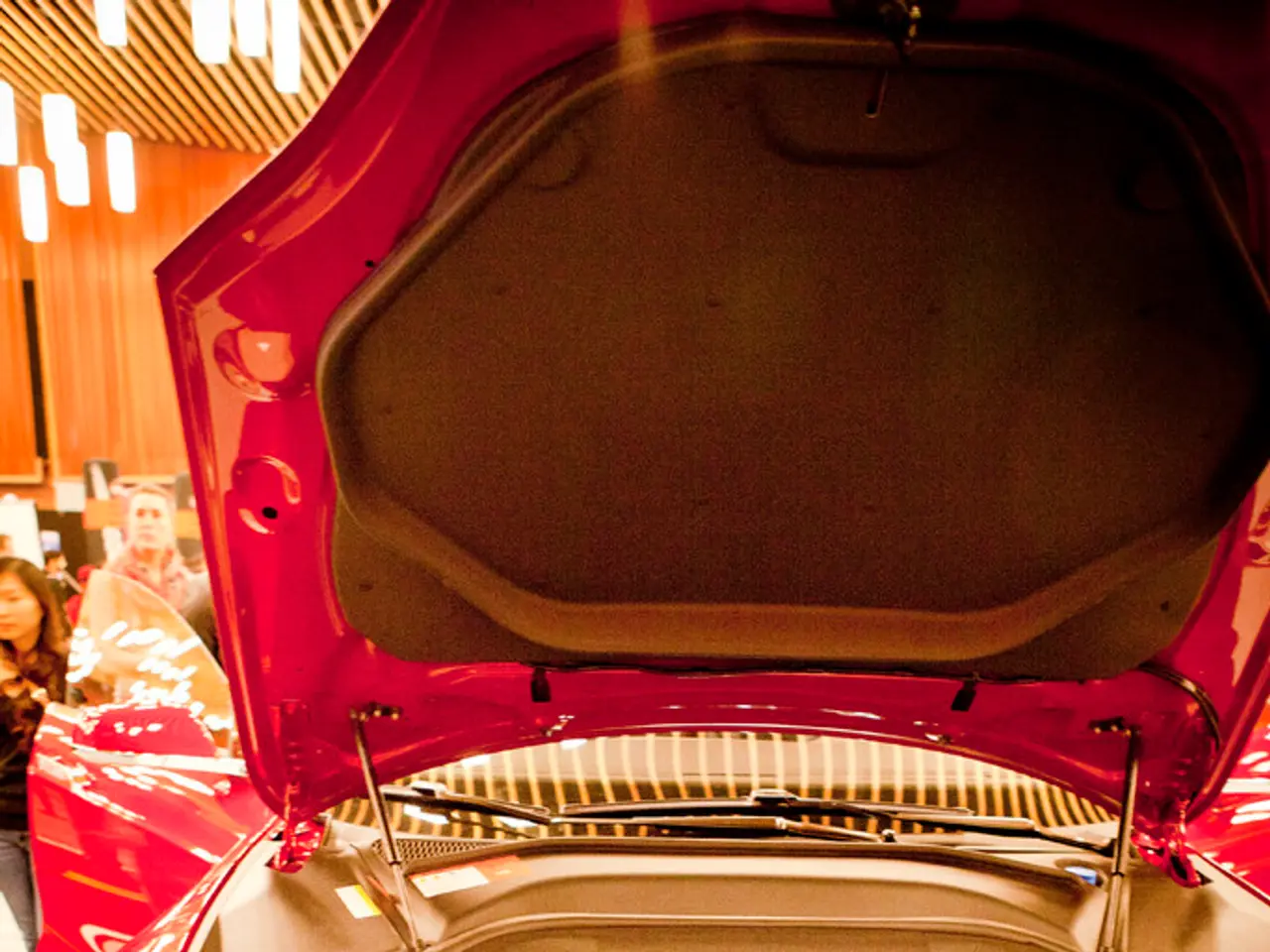U.S. to Impose 15% Tariff on Japanese Goods Starting August 7
The U.S. and Japan have agreed on a new reciprocal tariff rate for imports from Japan, which came into effect on August 7, 2025. This follows the U.S.-Japan Strategic Trade and Investment Agreement announced on July 23, 2025.
Previously, the tariff rate for automobiles and auto parts from Japan stood at 27.5%. However, under the new agreement, the tariff rate has been lowered to 15%. This represents a compromise, as the initially proposed tariff was 25%, but higher than the current rate of 10% for imports from Japan.
The new trade deal removes quantitative restrictions on Japanese vehicle imports, allowing Japanese automakers to export unlimited numbers of vehicles and parts to the U.S. This broadens market access while maintaining the tariff.
Japan has also committed to a massive $550 billion investment in the U.S., covering sectors such as shipbuilding, pharmaceuticals, semiconductors, and energy infrastructure. The agreement also includes a purchase of U.S. Boeing commercial aircraft. These commitments reflect a broader strategic partnership between the two countries.
In parallel, longstanding restrictions on U.S. cars and trucks entering the Japanese market are to be lifted, improving reciprocity in automotive trade between the two countries.
While the agreement currently stands, some analysts express concerns over unresolved issues regarding Japan's investment commitments and potential future tariff adjustments, leaving the deal's long-term stability uncertain.
This reciprocal tariff is the first formal step in enacting the July 2025 trade deal. The exact date for the implementation of the lowered auto tariffs for Japan and other trading partners has not been specified by a U.S. government official.
References:
[1] "U.S. and Japan Agree to Lower Auto Tariffs." Reuters, 23 July 2025, www.reuters.com/article/us-usa-japan-trade/us-and-japan-agree-to-lower-auto-tariffs-idUSKCN22R21Q
[2] "Trump Signs Executive Order to Impose Reciprocal Tariffs." CNBC, 5 Aug 2025, www.cnbc.com/2025/08/05/trump-signs-executive-order-to-impose-reciprocal-tariffs.html
[3] "U.S.-Japan Trade Deal: What's in It for Both Countries?" The New York Times, 24 July 2025, www.nytimes.com/2025/07/24/business/us-japan-trade-deal.html
[4] "U.S.-Japan Strategic Trade and Investment Agreement." White House, 23 July 2025, www.whitehouse.gov/briefings-statements/us-japan-strategic-trade-investment-agreement/
[5] "U.S.-Japan Trade Deal: A New Era in Auto Trade." Automotive News, 25 July 2025, www.autonews.com/article/20250725/COPY01/307259928/us-japan-trade-deal-a-new-era-in-auto-trade
Global economies could potentially witness significant shifts due to the new U.S.-Japan trade agreement, particularly in the arts industry, as the investment commitments extend to the sectors of shipbuilding and energy infrastructure worth $550 billion. The finance sector may also benefit from the agreement, as it incorporates a purchase of U.S. Boeing commercial aircraft by Japan. The photo industry could find growth opportunities in the increased market access for Japanese automakers exporting vehicles and parts to the U.S. This extensive partnership, however, remains uncertain due to unresolved issues regarding future tariff adjustments and investment commitments.





